What Is a Liquid Facelift, and Should You Get One?
96% of women aren’t happy with their appearance. If you’re one of them, it’s nothing to be ashamed of. Everyone goes through a period of self-doubt and insecurity in their lives.
However, if you’re feeling insecure for longer than you want to, it’s time to make a change. You can’t build self-confidence if you don’t like what you see in the mirror. And, unfortunately, wrinkles and sagging skin are one of the biggest contributors to feeling like you’re not beautiful enough.
But don’t despair! A liquid facelift can help.
Liquid facelifts are an emerging trend in beauty and cosmetic surgery. They use filler chemistry to help you achieve the youthful appearance you’ve always wanted. It might be just what your aging skin has been waiting for.
We’ll go over what a liquid facelift is, how they work, and what they can do for you and your skin. Plus, we’ll cover some advice on whether one is right for you. Let’s dive in!
What Is a Liquid Facelift?
A liquid facelift is a minimally invasive procedure that uses a filler to smooth out wrinkles and folds. It can also lift drooping eyelids and cheeks.
The injections usually take a few minutes each. Since they go right under your skin, there’s no serious pain involved. You may experience a slight sting when the filler goes in, but it’s nothing like the burning and discomfort of a traditional Botox treatment.
Types of Facial Fillers
There are several fillers that doctors can use for a liquid facelift. The most common one you’ll see is hyaluronic acid. Let’s look at the mechanics of this and other fillers, as well as what they can do for you.
Hyaluronic Acid
Hyaluronic acid is a naturally occurring substance in the body that helps keep skin smooth and plump. It’s found in many types of tissues, including cartilage, bones, eyes, and joints. This injectable is popular because it stimulates the body’s own production of collagen.
Polymethyl-Methacrylate Microspheres
These tiny beads are made from a medical-grade version of acrylic glass. They’re used to fill in deep wrinkles and folds. You’ll mostly see them placed around the mouth.
Unlike hyaluronic acid, these injectables do not absorb into your skin.
Polylactic Acid
Polylactic acid is a biodegradable polymer that’s used in medical devices and tissue engineering. It can treat moderate to severe facial lines, such as nasolabial folds (the creases between your nose and mouth).
Platelet Rich Plasma
This injectable is the most organic of them all, as it is your own blood. It’s used to treat fine lines and wrinkles, as well as sun damage, scarring, and discoloration. The platelet-rich plasma contains growth factors that stimulate collagen production in the skin.
What Is the Liquid Facelift Process Like?
The liquid facelift process is a little different for everyone, but the basics are the same. Before starting, your doctor will provide local anesthesia to numb the area. You’ll then get filler added to the areas that need the most lift.
Common injection sites include:
- Temples
- Under the eyelid
- Sagging cheeks (jowls)
- Marionette lines
- Creases behind the mouth
After treatment, avoid excessive touching or massaging of the treated areas. This can cause bruising and other complications.
If you experience swelling afterward—and it’s normal to do so—you can help with that by keeping cold compresses on for about 15 minutes several times throughout each day.
How Long Do the Effects of a Liquid Facelift Last?
The effects of a liquid facelift typically last for about one year. The results rarely last longer than this, although there have been some cases where people have experienced better-looking skin for over two years after receiving their treatment.
On average, a PRP facelift can provide improvements in your appearance for around six to nine months after treatment sessions. The initial results usually show up within weeks after your first session and gradually improve.
What Are the Risks of a Liquid Facelift?
After facial contouring fillers, most patients experience redness, swelling, and tenderness. These side effects usually resolve within a few days after the treatment, but some patients experience them up to one week afterward.
A few people may experience an allergic reaction to the dermal filler or have an infection that requires further medical attention (such as antibiotics). That’s why it’s important to disclose any allergies to your doctor. It’s the only way they’ll be able to provide you with the safest filler substance possible.
Who Shouldn’t Get a Liquid Facelift?
If the following apply to you, then you may not be a fit candidate for a liquid facelift:
-
Bleeding disorders
-
Taking blood thinners prescribed by a doctor
-
Active infection or skin disease on your face
Besides these conditions, those who are not healthy should consider how their own condition may affect the possibility of complications. The same goes for expectant mothers who want to undergo this procedure.
How Much Does a Liquid Facelift Cost?
The average cost of a liquid facelift can range from $2,000 to $5,000. These numbers vary depending on the individual surgeon’s skill level and reputation. However, most patients think that this price is well worth it for such an effective treatment.
Feel Your Best With Help From The Laser Lounge
When your skin looks good, it elevates your entire appearance. And The Laser Lounge, an antiaging spa, can help you with that. We offer a range of services, including facials, laser hair removal, and skin treatments like the liquid facelift.
Our experienced staff will help you feel your best, whether you want to look younger or just maintain the skin you have. To learn more about what we offer, call us today.



Leave a comment